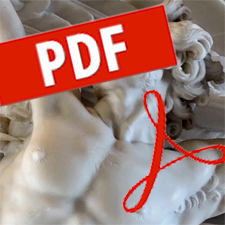Central and East European countries (CEECs) still show many features of the Soviet era. Consequently, the region seems, in several ways, to have been shaped by a single universal phase of transformation. This explains, at least in part, the relatively weak patenting activities and innovation performance of these countries. This paper deals with quantitative information originating from a newly created databank and investigates CEECs, employing various patent indicators in a Triple Helix context.

PAGES
385 – 401
DOI
All content is freely available without charge to users or their institutions. Users are allowed to read, download, copy, distribute, print, search, or link to the full texts of the articles in this journal without asking prior permission of the publisher or the author. Articles published in the journal are distributed under a http://creativecommons.org/licenses/by/4.0/.
Issues
Also in this issue:
-
Ryan Jenkins, David Černý and Tomáš Hříbek (eds) Autonomous Vehicle Ethics: The Trolley Problem and Beyond
-
As open as possible, but as closed as necessary: openness in innovation policy
-
Turning sportswashing against sportswashers: an unconventional perspective
-
State secrets and compromises with capitalism: Lev Theremin and regimes of intellectual property
-
In search of an author
Embeddedness levels in Central and East European countries as revealed by patent-related indicators
Article